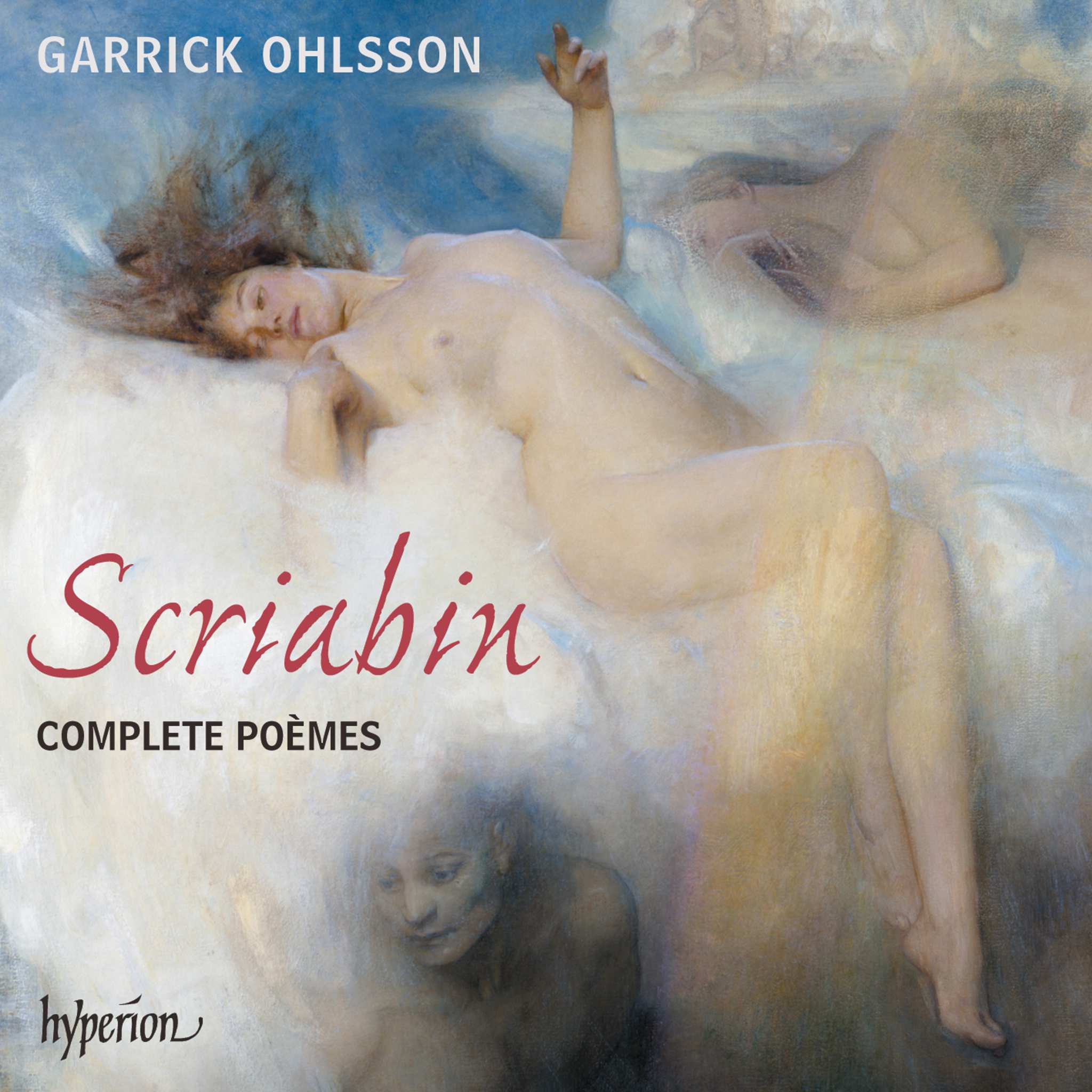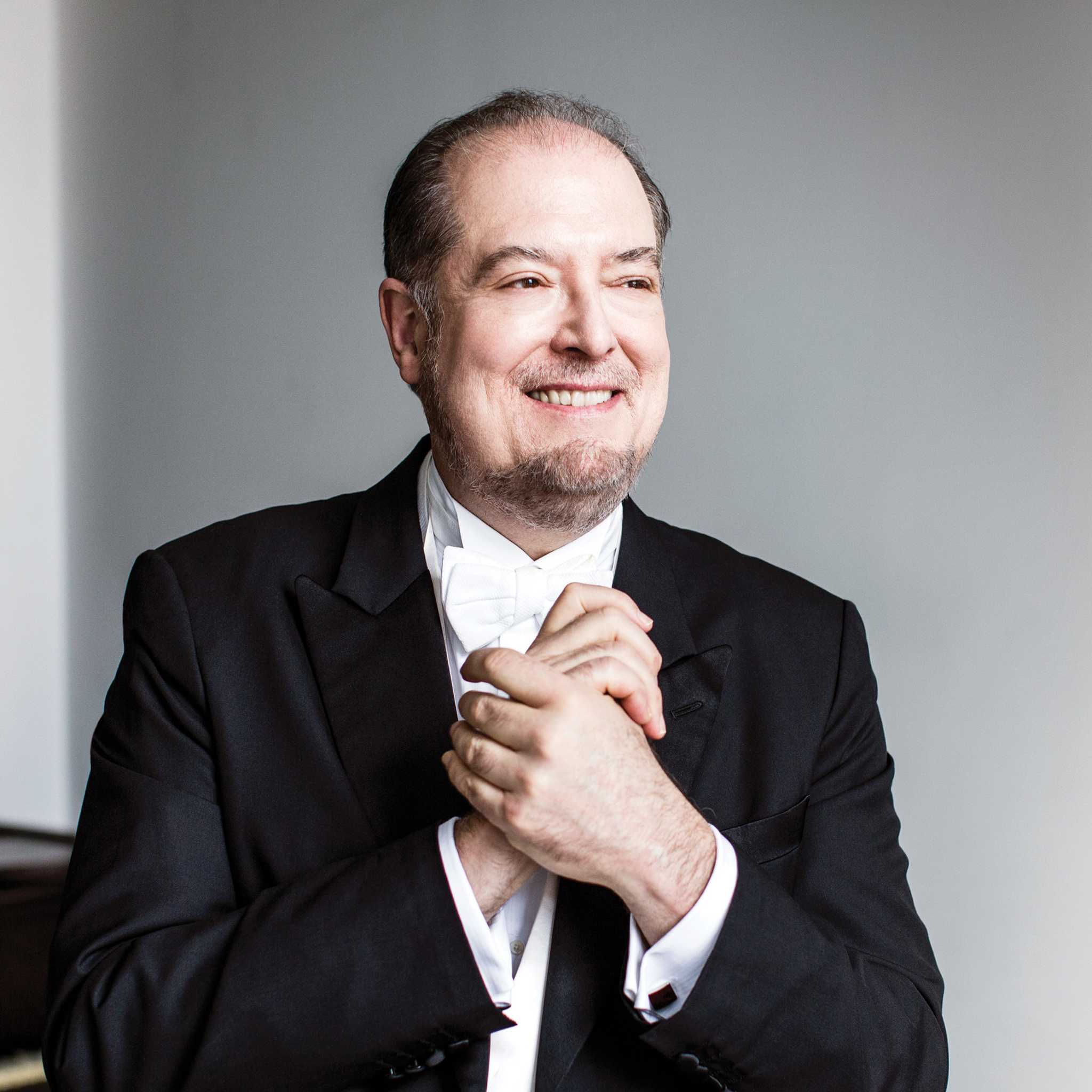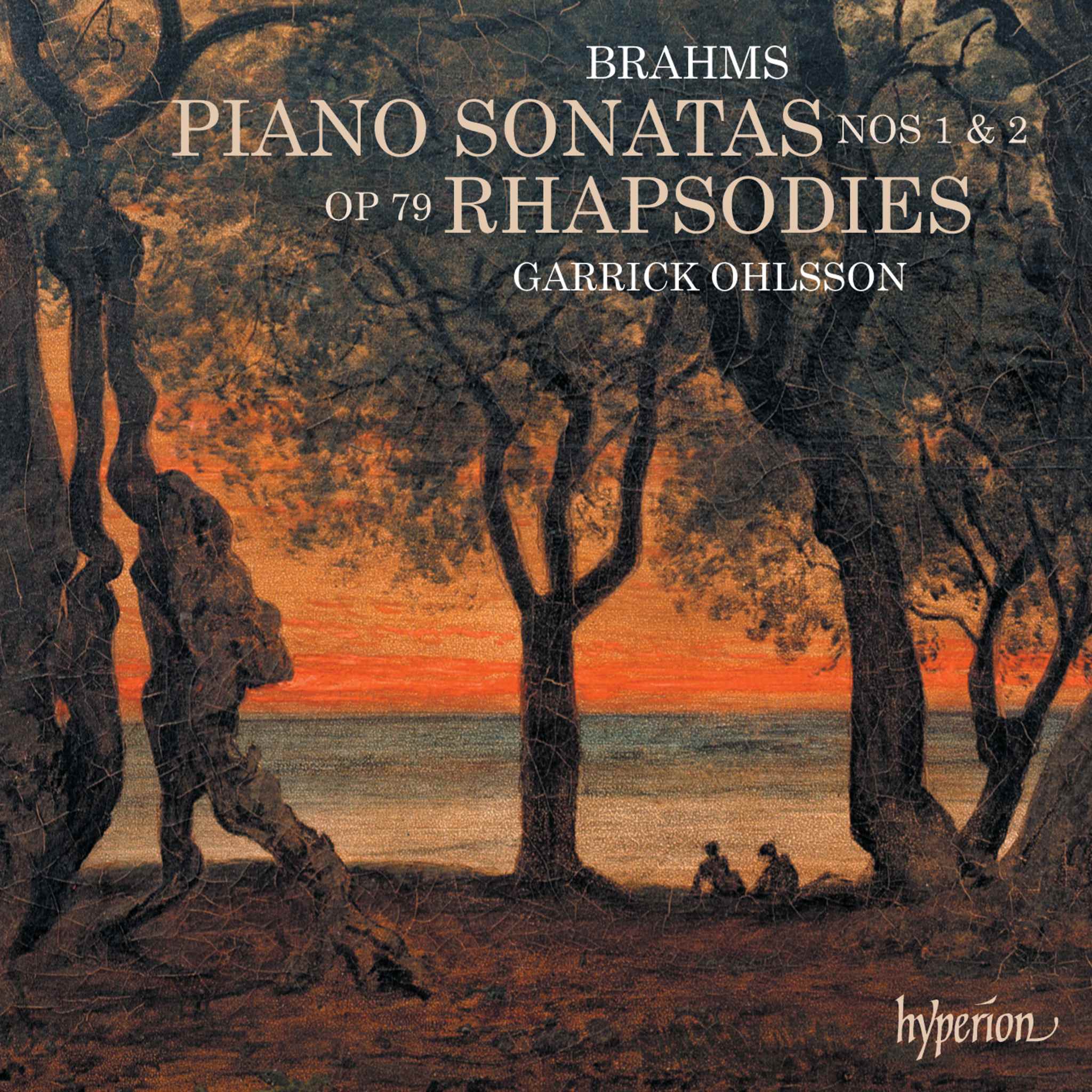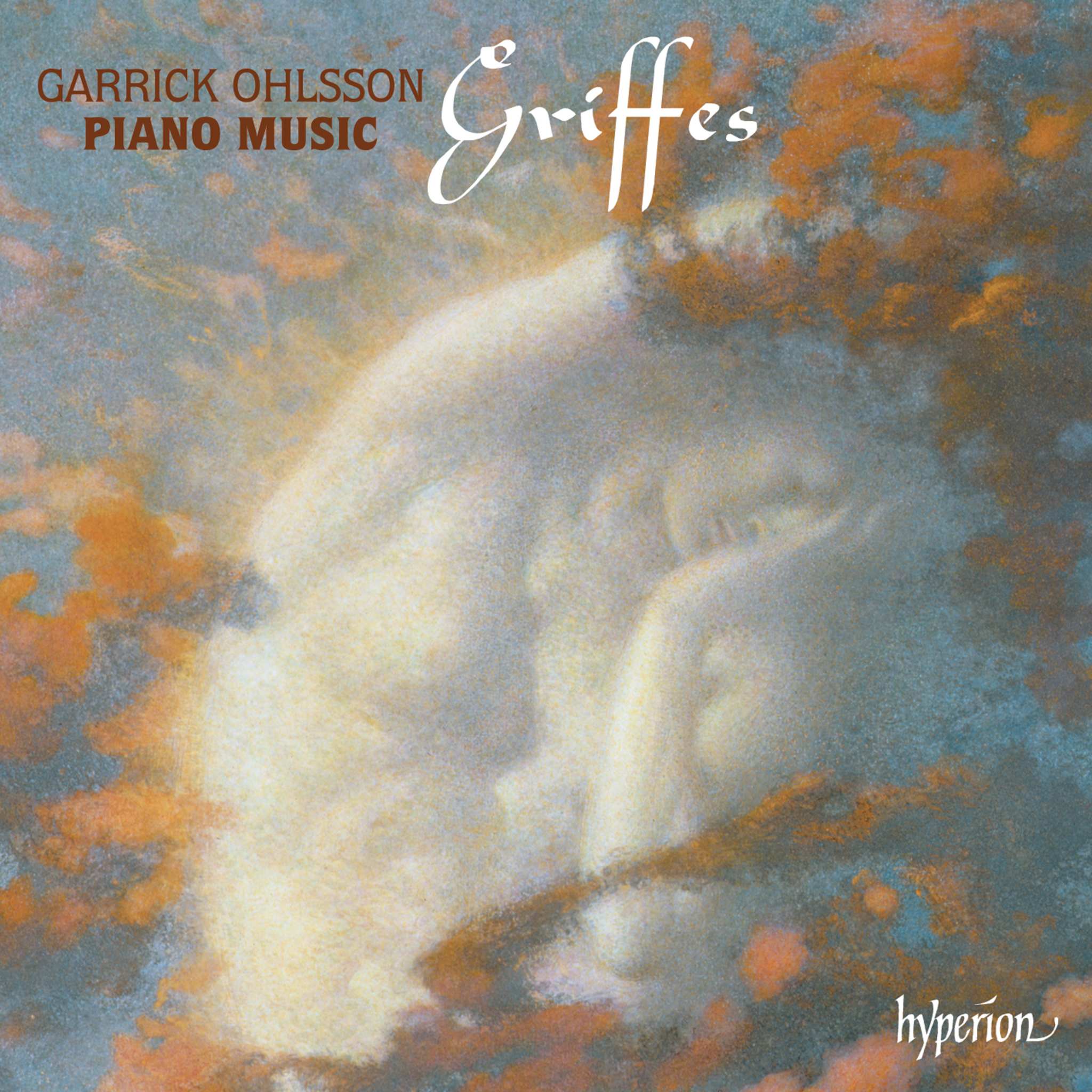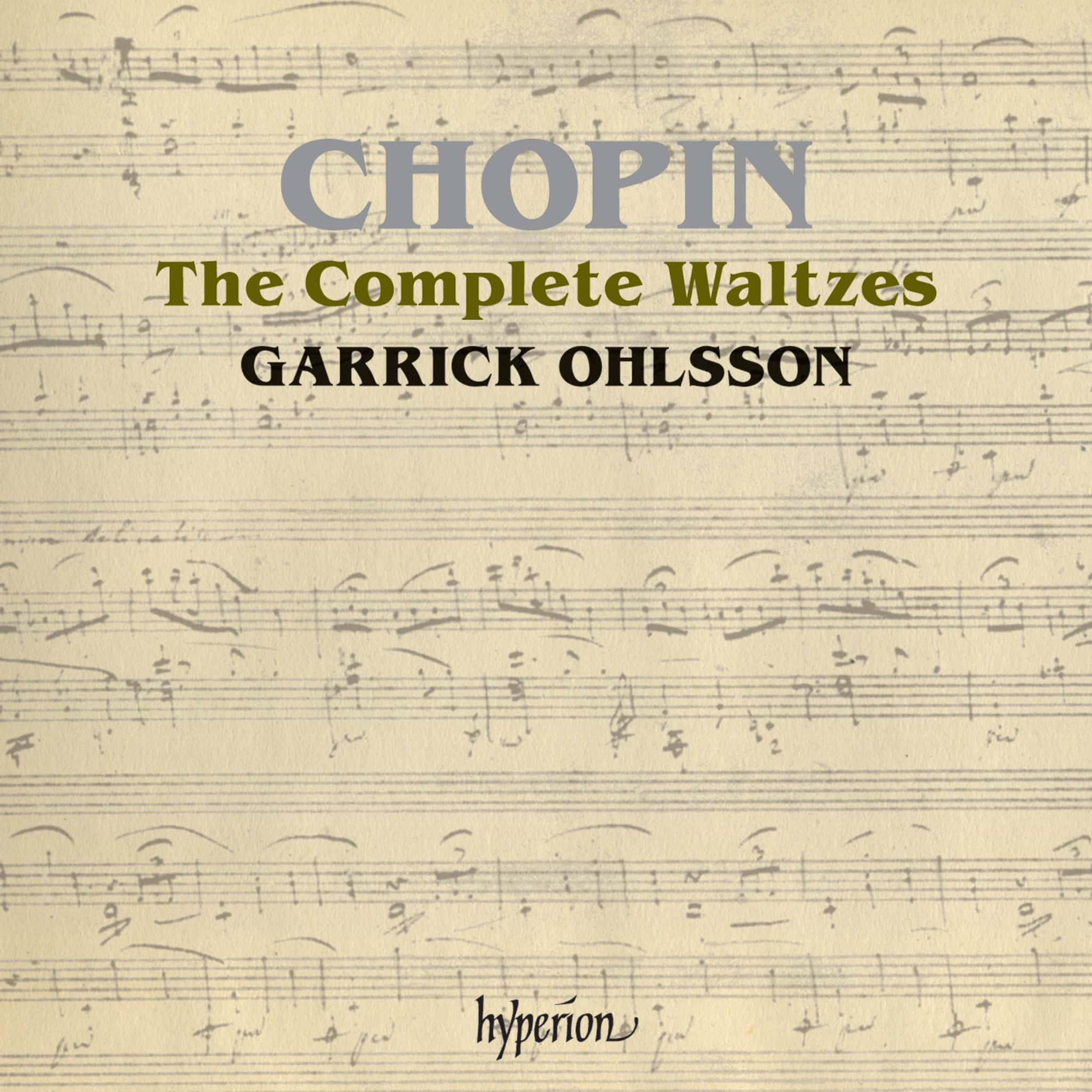Album insights
Franz Xaver Scharwenka was born near the former city of Posen in East Prussia, in what is now the Polish city of Posnan, on January 6, 1850. Both Franz Xaver and his older brother Philipp (1847–1917) displayed signs of significant musical talent early on and were encouraged by their father to take music lessons.
Upon the family's move to Berlin in 1865, the brothers attended Theodor Kullak's New Academy of Music, where Xaver quickly made great progress studying piano with Kullak himself and composition with Richard Wuerst, a student of Mendelssohn in Leipzig. Scharwenka's solid formal education, combined with his inherent talent and determination, ensured his success as a performer and composer. He made his debut as a pianist at the Berlin Singakademie in 1869, and a year later, his compositions were published by the esteemed music publisher Breitkopf & Härtel. Following a successful debut in America in 1891, Scharwenka opened his conservatory in New York, following the one established in Berlin in 1881.
During the outbreak of World War I in 1914, Scharwenka's international career as a pianist abruptly ended after nearly forty years. Despite this, he had garnered a stellar reputation as a musician, receiving accolades and honors from various European monarchs and institutions. In his later years, he lived in relative seclusion in Berlin, where he passed away in 1924.
Scharwenka's reputation as a composer primarily rests on his four piano concertos and extensive solo piano works, although he also saw success with his symphony and opera, Mataswintha. While he viewed his chamber music as secondary, excluding the Serenade for Violin and Piano op. 70, all his works in this genre, including a piano quartet, two piano trios, and a violin and cello sonata, are crafted with skill and incorporate piano parts.
Scharwenka's Piano Trio in F-sharp minor, op. 1, and Violin Sonata in D minor, op. 2, likely originated during his studies at Kullak's Academy. Published in 1869 by Breitkopf & Härtel, these pieces showcase early works reflecting Schumann's influence. The Violin Sonata, op. 2, however, demonstrates Scharwenka's musical growth and confidence, deviating from strict classical norms while maintaining thematic richness.
Both the Piano Quartet op. 37 and Piano Trio No. 2 op. 45, composed between 1876 and 1878, exemplify Scharwenka's mature phase of prolific creativity. These works highlight the interplay between piano and strings, showcasing Scharwenka's prowess as a composer and pianist. Their traditional four-movement structures underscore his engagement with German Romanticism and Polish musical heritage.
Nearly nine years after his initial compositions, Scharwenka produced the Cello Sonata in E minor, op. 46a, demonstrating his evolution as a composer. This work marked a deeper embrace of Romanticism and showcased a seamless integration of instrumental parts, earning widespread acclaim. Scharwenka's Serenade for Violin and Piano, op. 70, created in 1895 during his stay in the U.S., offers a lyrical and expressive piece, contrasting his more extensive chamber works.
These compositions, filled with energy, melodic richness, and rhythmic strength, exemplify Scharwenka's renowned qualities as a composer, deserving a reinvigorated appreciation after years of neglect.

